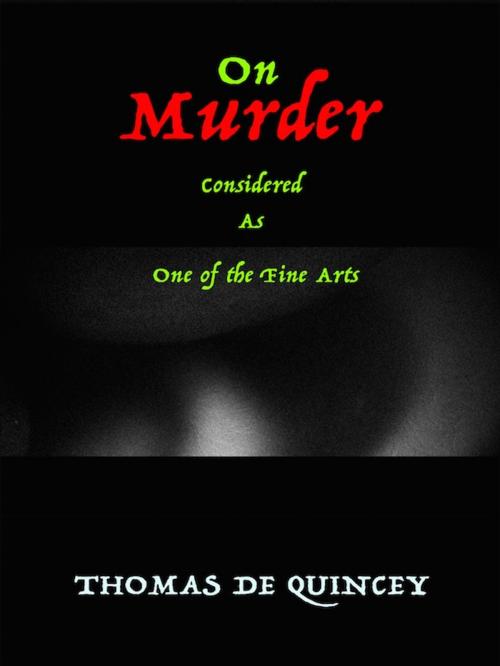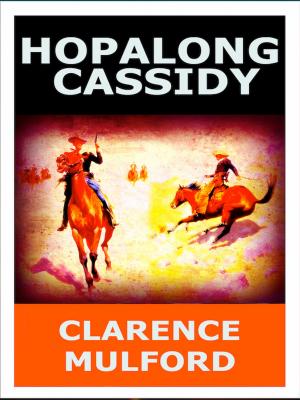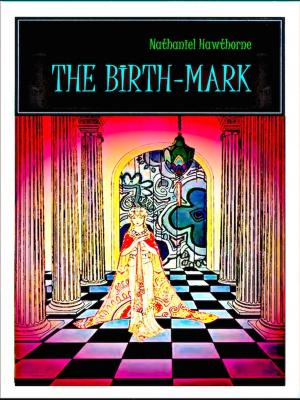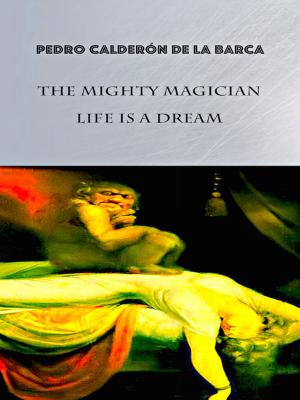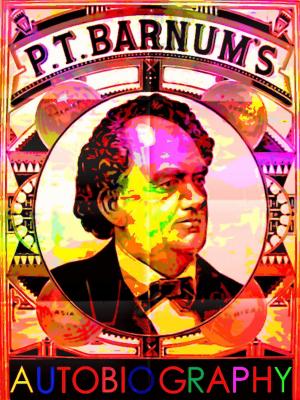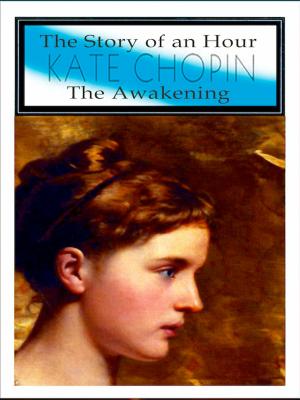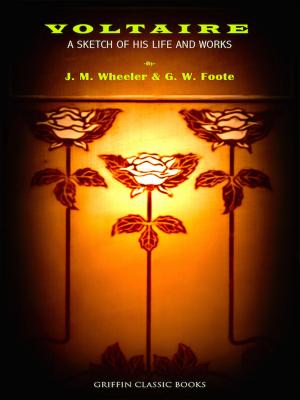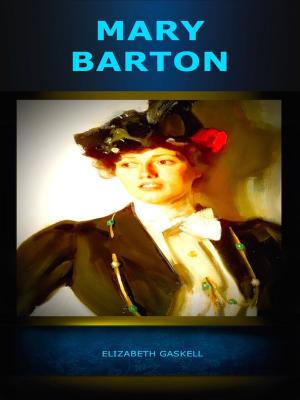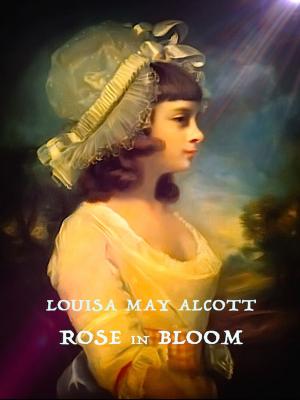| Author: | Thomas de Quincey | ISBN: | 1230001442144 |
| Publisher: | Editions Artisan Devereaux LLC | Publication: | November 25, 2016 |
| Imprint: | Language: | English |
| Author: | Thomas de Quincey |
| ISBN: | 1230001442144 |
| Publisher: | Editions Artisan Devereaux LLC |
| Publication: | November 25, 2016 |
| Imprint: | |
| Language: | English |
In his 1827 essay "On Murder Considered as One of the Fine Arts," Thomas De Quincey proposed that murder should be examined from an aesthetic, rather than ethical or sociological perspective.
In one of his most brilliant essays he applauded murder as one of the finer “arts” of life: e.g. the biblical Cain’s act was, like opium, a royal road to the human unconscious.
He looked at the murderer's "style" and judged killings according to the precepts of taste, thereby generating a macabre dialogue about genre and literary affect in the 19th century periodical press.
One of the wonderful things about Murder is how vividly it brings De Quincey to life, and how compellingly it reveals his fascination with dreams, violence, memory, and addiction.
(In fact, because De Quincey invented the word “subconscious,” he may have influenced Sigmund Freud.)
Ranging from gruesomely vivid reportage to penetrating literary and aesthetic criticism, these essays had a remarkable impact on crime, terror, and detective fiction.
De Quincey went beyond Wordsworth, and even Coleridge, into dangerous places.
He was fascinated by the demons released on the darkest fringes of the Romantic Movement.
Literature’s vast archives of crime fiction, from Edgar Allan Poe to Hannibal Lecter, owe a primal debt to Thomas De Quincey.
THOMAS De QUINCEY (1785 –1859) was an English essayist, best known for his Confessions of an Opium-Eater. His account of his opiated experiences has left an indelible print on the literature of addiction, and modern commentators continue to grapple with his legacy.
“On Murder” had a remarkable impact on the rise of nineteenth-century decadence, and anyone still smarting from the pinpricks of Oscar Wilde or James Whistler “will find most of what they said—said better in Murder as one of the Fine Arts.”
- G. K. Chesterton
In his 1827 essay "On Murder Considered as One of the Fine Arts," Thomas De Quincey proposed that murder should be examined from an aesthetic, rather than ethical or sociological perspective.
In one of his most brilliant essays he applauded murder as one of the finer “arts” of life: e.g. the biblical Cain’s act was, like opium, a royal road to the human unconscious.
He looked at the murderer's "style" and judged killings according to the precepts of taste, thereby generating a macabre dialogue about genre and literary affect in the 19th century periodical press.
One of the wonderful things about Murder is how vividly it brings De Quincey to life, and how compellingly it reveals his fascination with dreams, violence, memory, and addiction.
(In fact, because De Quincey invented the word “subconscious,” he may have influenced Sigmund Freud.)
Ranging from gruesomely vivid reportage to penetrating literary and aesthetic criticism, these essays had a remarkable impact on crime, terror, and detective fiction.
De Quincey went beyond Wordsworth, and even Coleridge, into dangerous places.
He was fascinated by the demons released on the darkest fringes of the Romantic Movement.
Literature’s vast archives of crime fiction, from Edgar Allan Poe to Hannibal Lecter, owe a primal debt to Thomas De Quincey.
THOMAS De QUINCEY (1785 –1859) was an English essayist, best known for his Confessions of an Opium-Eater. His account of his opiated experiences has left an indelible print on the literature of addiction, and modern commentators continue to grapple with his legacy.
“On Murder” had a remarkable impact on the rise of nineteenth-century decadence, and anyone still smarting from the pinpricks of Oscar Wilde or James Whistler “will find most of what they said—said better in Murder as one of the Fine Arts.”
- G. K. Chesterton
